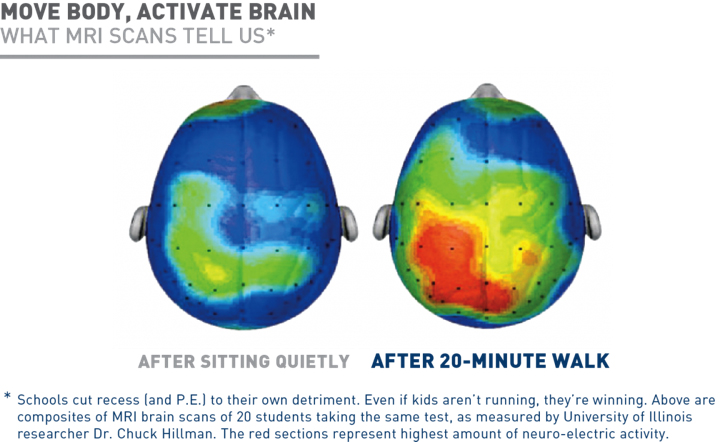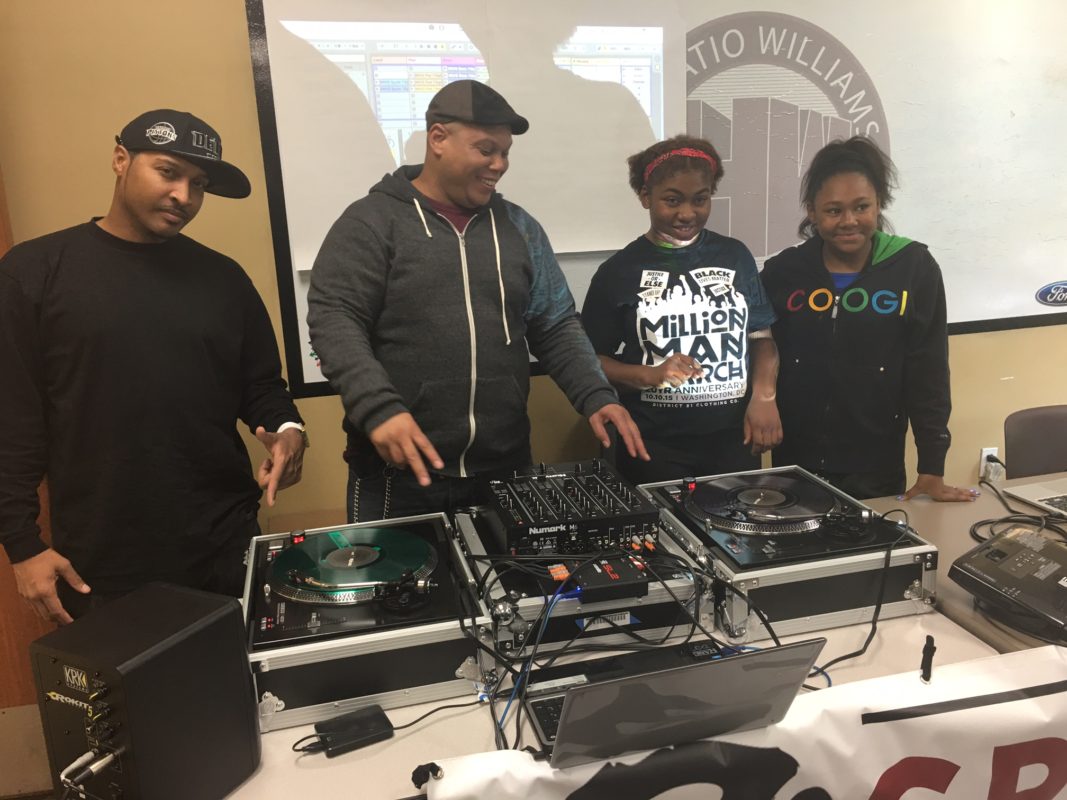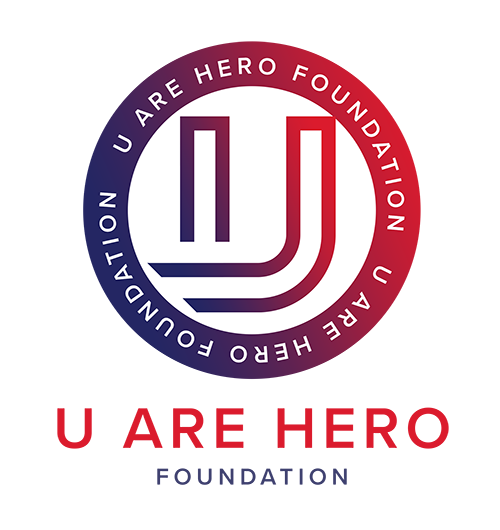AFTER SCHOOL PROGRAMS
- Attending afterschool programs can improve students’ academic performance. A national evaluation found that over 40 percent of students involved in after-school programs improved their reading and math grades and that those who attended more regularly were more likely to make educational gains (Naftzger et. al., 2007).
- Effective after-school programs can improve classroom behavior (Wisconsin Department of Public Instruction, 2010), school attendance, academic aspirations, and can reduce the likelihood that a student will drop out (Huang, Leon, La Torre, Mostafavi, 2008).
- Participation in afterschool programs has been associated with reduced drug use (Investing in Our Young People, University of Chicago, 2006) and criminal behavior (UCLA National Center for Research on Evaluation, Standards and Student Testing, 2007).
- Afterschool programs can play an important role in encouraging physical activity and good dietary habits. Participation in afterschool programs has been associated with positive health outcomes, including reduced obesity (Mahoney, J., Lord, H., & Carryl, 2005).
Working families and businesses also derive benefits from afterschool programs, as they ensure youth have a safe place to go while parents are at work. Parents concerned about their children’s afterschool care miss an average of eight days of work per year, and this decreased worker productivity costs businesses up to $300 billion annually (Brandeis University, Community, Families and Work Program, 2004 and Catalyst & Brandeis University, 2006).

BENEFITS OF PARTICIPATING IN SPORTS
The U.S. government produces limited data on sport participation and physical activity rates, and none on youth before high school age. In that void, the most robust data is generated through an annual household survey conducted by the Sports & Fitness Industry Association (SFIA). In 2008, 30.2% of youth ages 6 to 12 were active to a healthy level through sports, organized or unstructured; by 2015, that number had dropped to 26.6%, according to SFIA. Among 13- to 17-year-olds, the rate fell from 42.7% to 39.3%.
Participation in sports by adolescents is associated with a range of documented physical, emotional, social and educational benefits, which can carry into adulthood. But increasingly, many young people are uninterested in these experiences, while others are locked out due to a lack of resources and/or access to community programs.
HEALTH BENEFITS
Regular physical activity benefits health in many ways, including helping build and maintain healthy bones, muscles, and joints; helping control weight and reduce fat; and preventing or delaying the development of high blood pressure (GAO, 2012). Exercise is one of the least expensive ways to stay healthy, with one study finding that exercise can prevent chronic diseases as effectively as medication (British Journal of Medicine, 2013). A comprehensive study and analysis of existing research found that leisure-time physical activity is associated with reduced risk of 13 different types of cancer, including breast, colon, liver and myeloid leukemia (National Institutes of Health, 2016).
Sports participation is a significant predictor of young adults’ participation in sports and physical fitness activities. Adolescents who play sports are eight times as likely to be active at age 24 as adolescents who do not play sports (Sports Participation as Predictors of Participation in Sports and Physical Fitness Activities in Young Adulthood, Perkins, 2004). Three-in-four (77%) of adults aged 30+ who play sports today played sports as school-aged children. Only 3% of adults who play sports currently did not play when they were young (Robert Wood Johnson Foundation/Harvard University/NPR, 2015).

EDUCATIONAL BENEFITS
Organized sports activity helps children develop and improve cognitive skills, according to a study of that tracked kids from kindergarten through fourth grade (Piche, 2014). Physical activity, in general, is associated with improved academic achievement, including grades and standardized test scores. Further, such activity can affect attitudes and academic behavior, including enhanced concentration, attention, and improved classroom behavior (GAO, 2012).
High school athletes are more likely than non-athletes to attend college and get degrees; team captains, MVPs achieve in school at even higher rates (US Dept. of Education, 2005). The benefits extend to the workplace. A survey of 400 female corporate executives found 94% played a sport and that 61% say that has contributed to their career success (EY Women Athletes Business Network/espnW, 2014).
SOCIAL/PSYCHOLOGICAL BENEFITS
Physical activity, and sports, in particular, can positively affect aspects of personal development among young people, such as self-esteem, goal setting, and leadership. However, evidence indicates that by providing positive adult role models – showcasing leaders that instill high moral standards – is a key factor in optimizing the athletic experience. (GAO, 2012).
Female high school athletes are less likely to be sexually active, to use drugs, and to suffer from depression, when compared to non-athlete peers (Women’s Sports Foundation, 2004). A correlation has been found between regular exercise and mental health among students in general as they move into the teenage years. Among students who exercised 6 to 7 days a week, 25.1% felt sad for two weeks or more in the past 12 months, compared to 35.7% of students who reported exercising on 0 to 1 day. Of students who exercised 6-7 days, 15% reported suicidal ideation, and 6.4% reported a suicide attempt in the past year, compared to 24.6% and 10.3% of students who exercised 0-1 day, respectively (Journal of American Academy of Child & Adolescent Psychiatry, 2015).
Parents appreciate these benefits. Asked about the positive effects playing sports has had for their children, they pointed to: physical health (88%), giving the child something to do (83%), teaching discipline or dedication (81%), teaching how to get along with others (78%), mental health (73%), social life (65%), skills to help in future schooling (56%), and skills to help in a future career (55%), according to a Robert Wood Johnson Foundation/Harvard/NPR survey in 2015.

PERFORMING ARTS
Performing arts programs offer children and youth a benefit they usually do not find in an ordinary classroom, instead of just gaining knowledge about things; they gain knowledge about who they are and what they can do. This helps kids grow into better adults, parents, and citizens. It is also important to remember that the arts build cultural bridges, bringing greater understanding and communication in our American society. Studies have shown that youth who participate in the performing arts form stronger ties with the community and more often, tend to return and/or settle within their communities and perform community service as adults. Even with this information in hand, school districts and the federal government are continuing to cut funding to arts programs or eliminate them altogether. The I am Joe Louis Foundation looks to fill this void with our performing arts programming. We are proud to collaborate, and team up with other youth organizations, in an effort to create programs that better serve the community
Choreographer for the famous Andrew Lloyd Weber musicals: “Cats” and “Phantom of the Opera”, Gillian Lynn, was asked by Author Sir Ken Robinson how she had become a dancer. Gillian says that as a young lady in school, she had become increasingly distracting because of her inability to sit still. She went before the principal on many occasions until finally, her mother was summoned. The principal demanded that the child, about eight years old at the time, be taken to a doctor to diagnose her illness. After she and her mother had consulted for a few minutes, the doctor asked Gillian to sit quietly while he and her mother had a consultation outside the room. But before he left, he turned on the radio. He left the door open just a crack and instructed her mother to stand outside with him. Gillian was up immediately, dancing to the music on the radio. The doctor turned to Gillian’s mother and said. “Your child is not ill. She is a dancer. Take her to a dance school.” Her mother did and the rest is history.
Too often children like Gillian are diagnosed with ADHD and prescribed needless prescription medications. Frequently a talented child has no outlet for growth besides the bathroom mirror. If instead of looking for a problem in the child, we, respect their uniqueness, individuality and talent, that child gains:
- Confidence
- Self Esteem
- Self Discipline
- The ability organize and prioritize
- Self Reliance
- Poise
- The ability to more easily converse with adults
